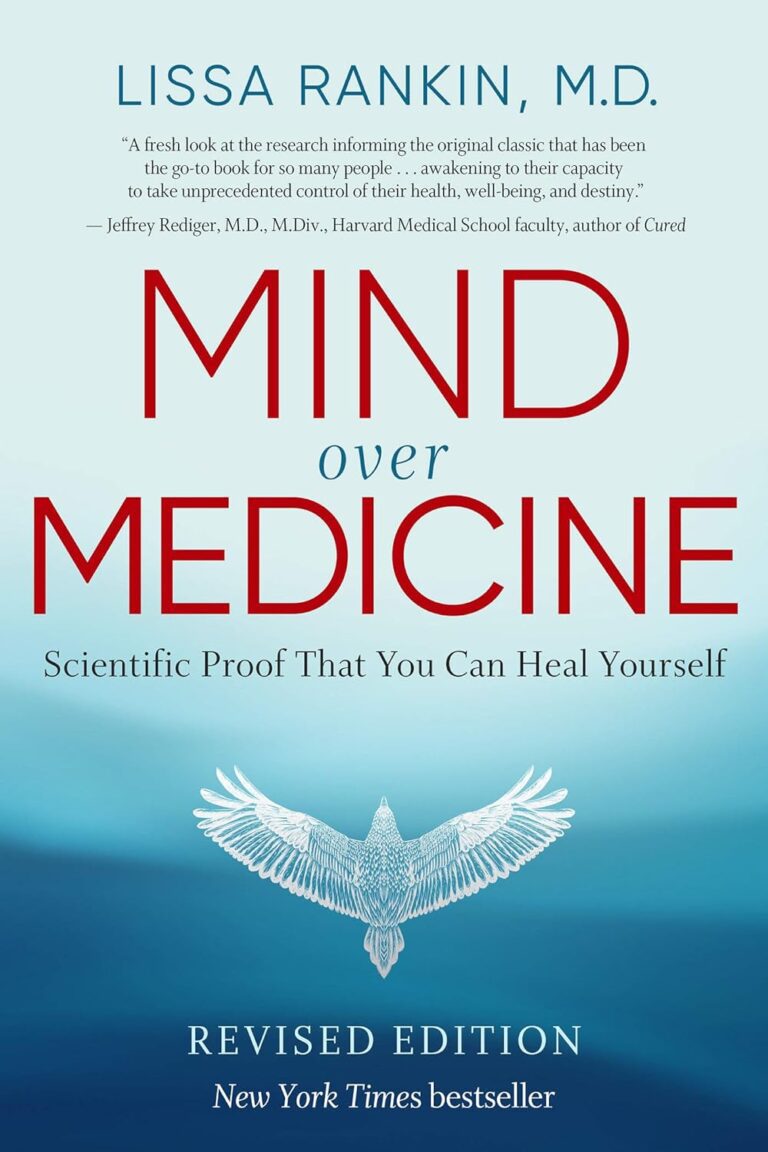
Our comprehension of the cellular landscape has dramatically evolved since the first microscopic examination of a cell by Robert Hooke in 1665. Now an established field, the study of cellular biology has informed our understanding of what constitutes life itself, delving into the essential functions of a cell – the fundamental unit of life.
Cells not only form the body’s structural basis but are also involved in essential functions like nutrient processing, energy conversion, waste disposal and more. A basic understanding of cell functions therefore provides necessary grounding for studying the underappreciated yet crucial process known as the cell cycle.
An Introduction to the Cell Cycle: The Life of a Cell
The cell cycle represents a series of events that culminate in cell growth and division into two daughter cells. This process is indispensable for the proliferation of cells, a fundamental attribute of life.
Various cellular activities fall within this cell cycle, including DNA replication, the division of chromosomes, and cytoplasm, and subsequently, cell growth. Consequently, understanding the cell cycle illuminates our comprehension of how cells function, renew, and contribute to the larger bodily system.
A Closer Look at the Cell Cycle: A Symphony of Phases
Intricately intertwined, the cell cycle is composed of various stages, namely interphase (incorporating G1, S, and G2 phases), mitosis or meiosis (subdivided into prophase, metaphase, anaphase, telophase), and cytokinesis.
The interphase is typically the longest phase in the cell cycle, witnessing significant cell growth and DNA replication. The G1 phase is characterized by general cell growth and the accumulation of materials needed for DNA synthesis. In the S phase, actual DNA replication occurs, where each chromosome duplicates, yielding two sister chromatids. The G2 phase then prepares the cell for division, including the synthesis of proteins involved in this process.
Following interphase, mitosis/meiosis allows for cell division. Sub-phases like prophase, metaphase, anaphase, and telophase intricately handle the chromosomal alignment, separation, and movement towards opposite poles, concluding with the separation into two nuclei during telophase. Finally, cytokinesis finishes the process by effectively splitting the cytoplasm.
The Cell Cycle and Cancer: Understanding the Connection
The cell cycle’s action lies at the core of the mechanism of cancer development. Any disruption of the cell cycle can lead to uncontrolled cell proliferation, which in turn fosters the development of tumors.
Two key classes of genes—tumor suppressor genes and oncogenes—influence this process. Oncogenes push cells towards division, whereas tumor suppressor genes apply the brakes. Thus, ongoing research efforts aim to understand this delicate interplay to develop more effective cancer treatments.
Get to know us better
If you are reading this, you are in the right place – we do not care who you are and what you do, press the button and follow discussions live

Navigating the Cell Cycle: Regulation and Control
The cell cycle is not a random process; it’s tightly regulated by proteins like cyclins and cyclin-dependent kinases. These proteins ensure that cells only proceed through the various phases when conditions are optimal, thus averting potential missteps.
Checkpoints also play a key role, serving as critical junctures in the cell cycle whereby progress is assessed, and any errors detected can be repaired. Regulating these checkpoints can therefore help in managing cell proliferation and preventing cancerous growth.
Future Perspectives in Cell Cycle Research
As our understanding of the cell cycle deepens, we stand at the cusp of potential breakthroughs in understanding diseases, developing therapies, and manipulating cellular processes for beneficial outcomes.
Current research initiatives are focusing on many aspects, including the molecular basis of the cell cycle, its alteration in diseases, the interaction with various cellular processes, and how these can be leveraged for therapeutic interventions.
Conclusion
A closer examination of the inner workings of cells unveils the intricate orchestra that is the cell cycle. This crucial process not only explicates how life propagates at a microscopic level but also offers insights into diseases like cancer and potential avenues for treatment.
FAQs
- What is the role of the cell cycle in human growth and development?
The cell cycle plays a pivotal role in human growth and development by regulating cell growth, reproduction, and renewal, all crucial for ensuring a healthy, fully functional body.
- How does the cell cycle contribute to the formation of cancerous cells?
Disruption in the cell cycle can trigger uncontrolled cell proliferation, which can lead to the formation of tumors and, subsequently, cancer.
- What are the key points of regulation in the cell cycle?
Cyclins, cyclin-dependent kinases and checkpoints form the principal machinery regulating the cell cycle.
- How is the cell cycle affected by external environmental factors?
External factors, like exposure to radiation or certain chemicals, can damage the DNA, affecting the regular functioning of the cell cycle and potentially leading to diseases like cancer.
- Can understanding the cell cycle lead to targeted cancer treatment strategies?
Absolutely, the more we understand about the cell cycle, the better equipped we are to develop more effective and targeted therapies for diseases, including cancer.

















Comments
Thank you. Comment sent for approval.
Something is wrong, try again later